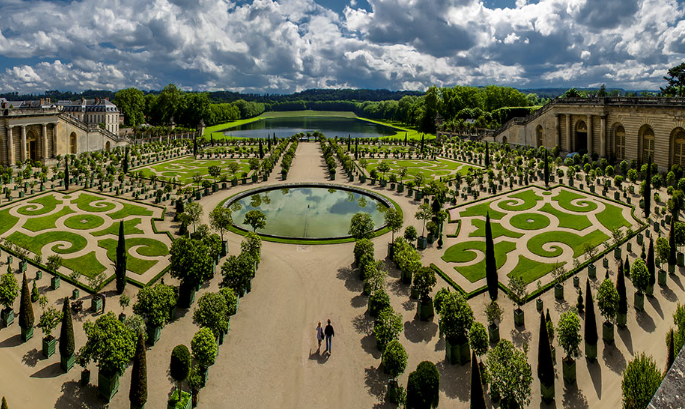Famous English Landscape Architects: Shaping Nature and Beauty
Landscape architecture is an essential art that combines nature, design, and functionality. Famous English landscape architects have shaped not only gardens and parks but also public spaces that enhance our connection to the environment. Understanding their contributions offers valuable insight into how landscapes can be designed to improve our quality of life.
The Visionary Work of Capability Brown
Lancelot “Capability” Brown, often hailed as the father of landscape architecture, transformed the English countryside in the 18th century. His innovative designs typically featured sweeping lawns, subtle hills, and naturalistic water features, making landscapes feel both grand and accessible. Brown’s ability to blend gardens with the natural topography of the land influenced many estate designs, including the famed Blenheim Palace gardens and Chatsworth House. His vision of designing cohesive spaces that emphasize the beauty of nature continues to inspire landscape architects today.
The Influence of Gertrude Jekyll
Gertrude Jekyll is one of the most celebrated female landscape architects in history, known for her collaboration with architect Edwin Lutyens. Active in the early 20th century, Jekyll’s gardens showcased a blend of color, structure, and scent, creating enchanting spaces that invite exploration. Her designs were based on a deep understanding of plant combinations and seasonal changes, emphasizing harmony between the garden and its surroundings. Many of her concepts, particularly the use of color and texture, remain influential in contemporary garden design, proving that her legacy is as vibrant as her gardens.
The Modern Touch of James Corner
Moving into the modern era, James Corner has gained recognition for his innovative approach to landscape architecture. Known for projects like the High Line in New York City, Corner emphasizes the importance of integrating urban landscapes with sustainability and community engagement. He challenges traditional notions by transforming neglected spaces into vibrant, usable areas that encourage social interaction. His forward-thinking designs resonate with environmental consciousness and community needs, showcasing how landscape architecture can adapt to contemporary challenges.
Conclusion
The work of these famous English landscape architects illustrates how thoughtful design can enhance our relationship with nature and improve public spaces. From Capability Brown’s romantic visions to Gertrude Jekyll’s colorful gardens and James Corner’s modern transformations, their legacies teach us valuable lessons about the importance of landscapes in our everyday lives. If you’re inspired by the beauty of nature and design, consider exploring their works or even starting a small project of your own!

